Welcome to another issue of The Newport Cornucopia where we dig through the newspapers archives for interesting news articles and adverts. All articles are posted verbatim and most headlines are original (headlines in quotes are my own).

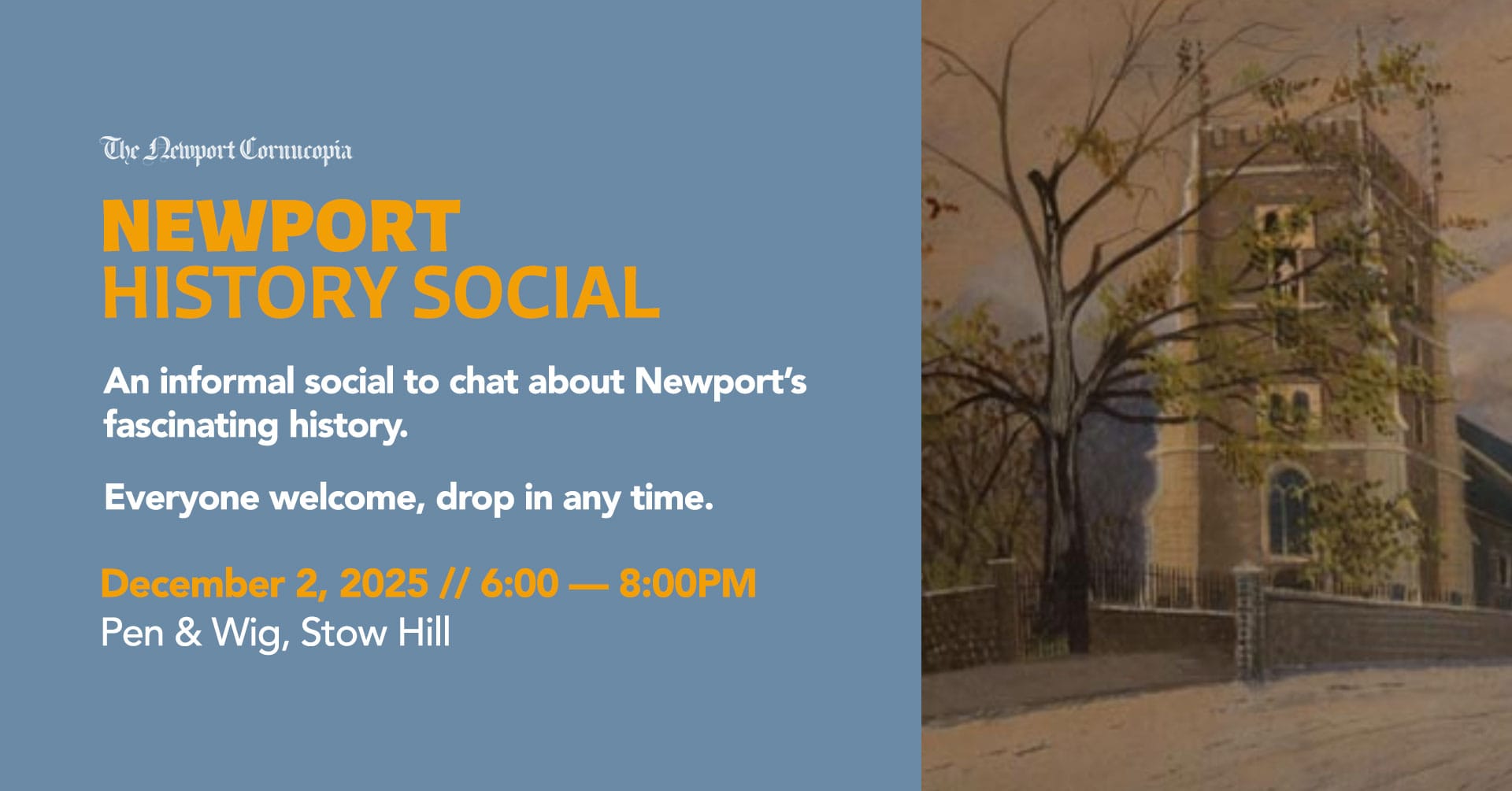
Drowned Whilst Bathing
A number of youths from Newport went to bathe on Friday evening in the river Usk near the Great Western Wharf, and one of the party—J. Turner, a coachmaker's assistant—who could only swim a little, got out of his depth and sank before assistance could be rendered. Search was afterwards made for the body, but without success. The deceased lived with his parents at 9, Fairoak-terrace, Maindee, and was employed at Gwatkin's Carriage Works, Clarence- place, Newport.


Location of the Great Western Wharf
— The Cardiff Times, 29th June, 1889

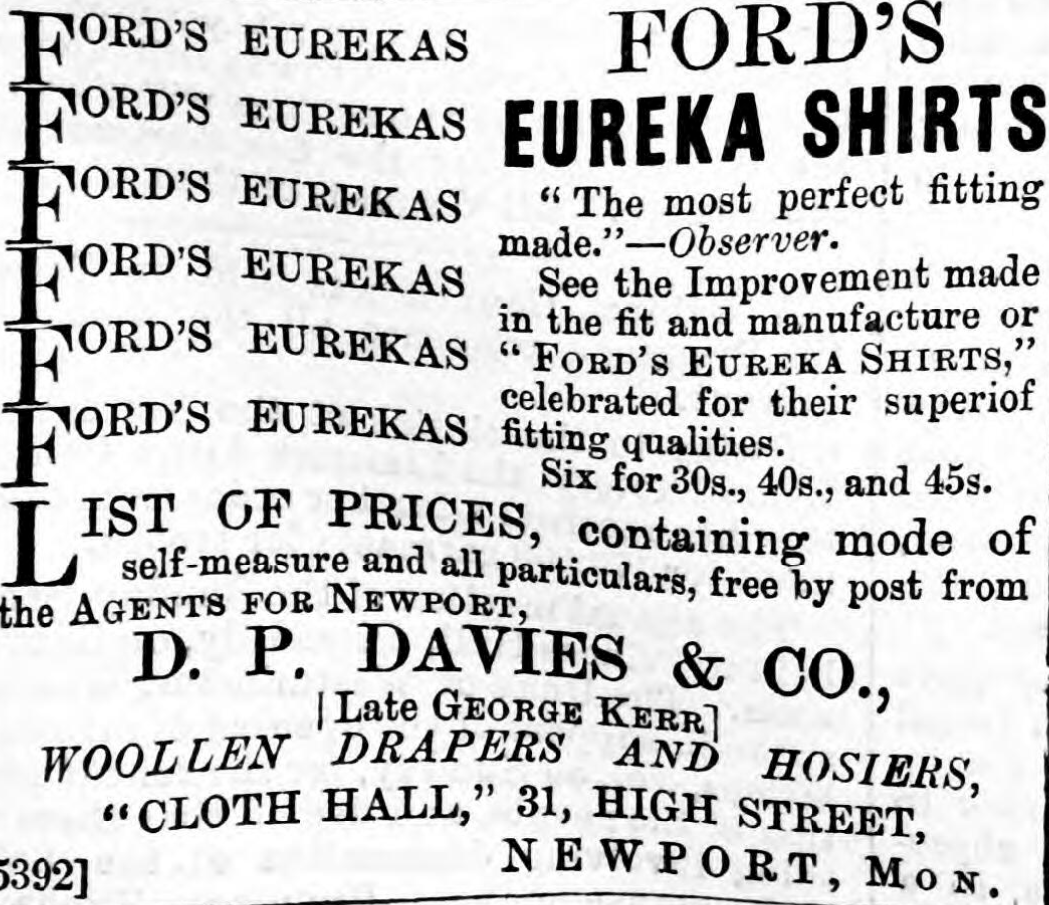

Fatal Lamp Accident at Newport
Saturday night a married woman named Dingle in Brown's-buildinga, Marshes-road, Newport, heard another woman screaming, on running to the house whence the sounds proceeded found Mrs Johanna Sullivan, living at No. 2 in the same row, lying on the floor in agony, with her clothing in flamed. The neighbour by means of some rugs extinguished the fire, and a police officer, who was called in, procured oils wrapped the woman in clothing, so that she might be conveyed with safety to the infirmary. Here she died at five o'clock on the following morning from being badly burnt about the head, face, arms, and hands. It is supposed that as the unfortunate woman was moving a paraffin lamp it exploded in her hands. The fragments of a broken lamp were found on the of the room where the accident happened.
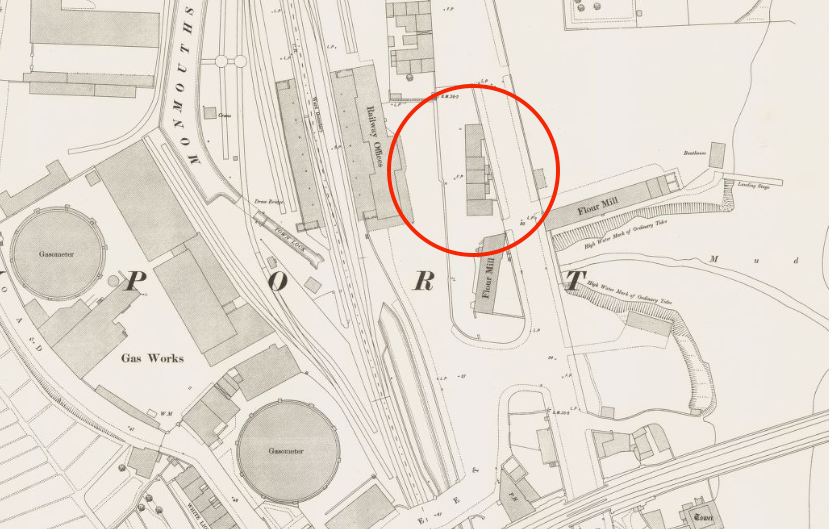

Location of Brown's Buildings, mentioned in the article.
An inquest was held at the Talbot Hotel, on Monday evening, on the body of Sullivan, widow, 70 years of age, who died in the Infirmary on Sunday morning from the effects of being burnt. Ellen Dingle, Brown's Buildings, Marshes-road, said that as she was returning from shop about 8.45 p.m. on Saturday evening, she saw a strong light in deceased's house. She lived near, and pushed open the door, deceased crouched in the middle of the floor in a blaze. A broken lamp, with a glass well, was lying at the bottom of the stairs. P.C. Christopher Thomas, said the deceased was badly burnt about the head, face, neck, and arms. He got Dingle to remove the burnt clothing, wrapped her in a sheet, and had the deceased removed in a cab to the infirmary, where she died on the following morning.
The Coroner said it was another instance of death from the explosion of a lamp, which were most dangerous things unless carefully used. The jury returned a verdict of "Accidentally burnt to death."
— The Cardiff Times, 4th May, 1889

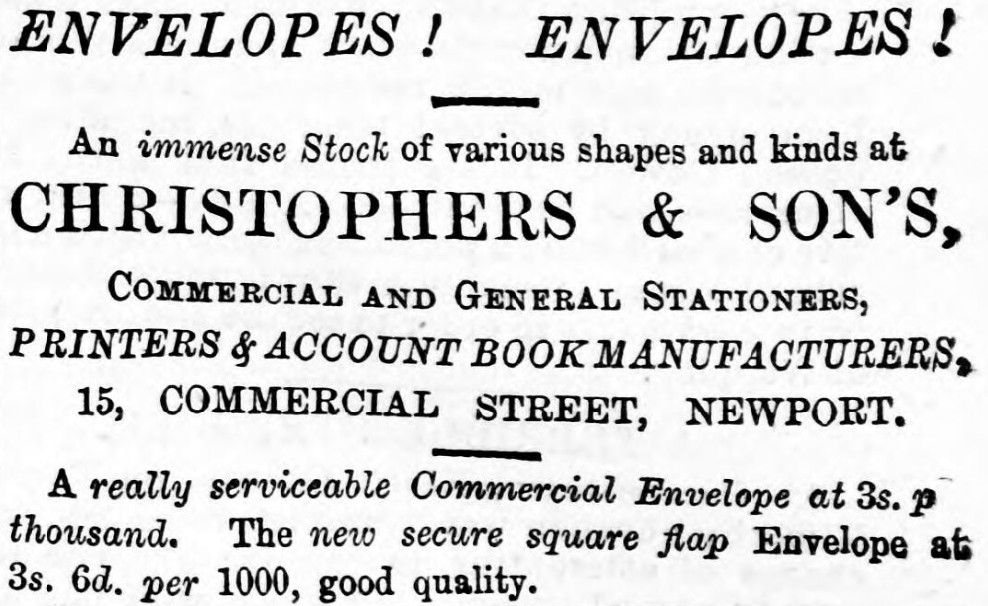

Severus Schaffer at the Newport Empire

Appearing at the Newport Empire in November, 1910 (alongside George Formby Senior) was Severus Schaffer, a world-famed juggler. He also returned to the Empire in 1930.
Severus Schaffer (1867–1950), born in Austria to a Czech circus family, rose from performing at age three to become the standout talent of a dynasty of jugglers that included his father Karl Johann Schaeffer, his brother Sylvester, and his nephew Sylvester Jr. Renowned for blending acrobatics with feats involving both heavy objects and light props—much like his famous contemporary Paul Cinquevalli—he launched a solo career in 1890, even altering the spelling of his surname to distinguish himself.
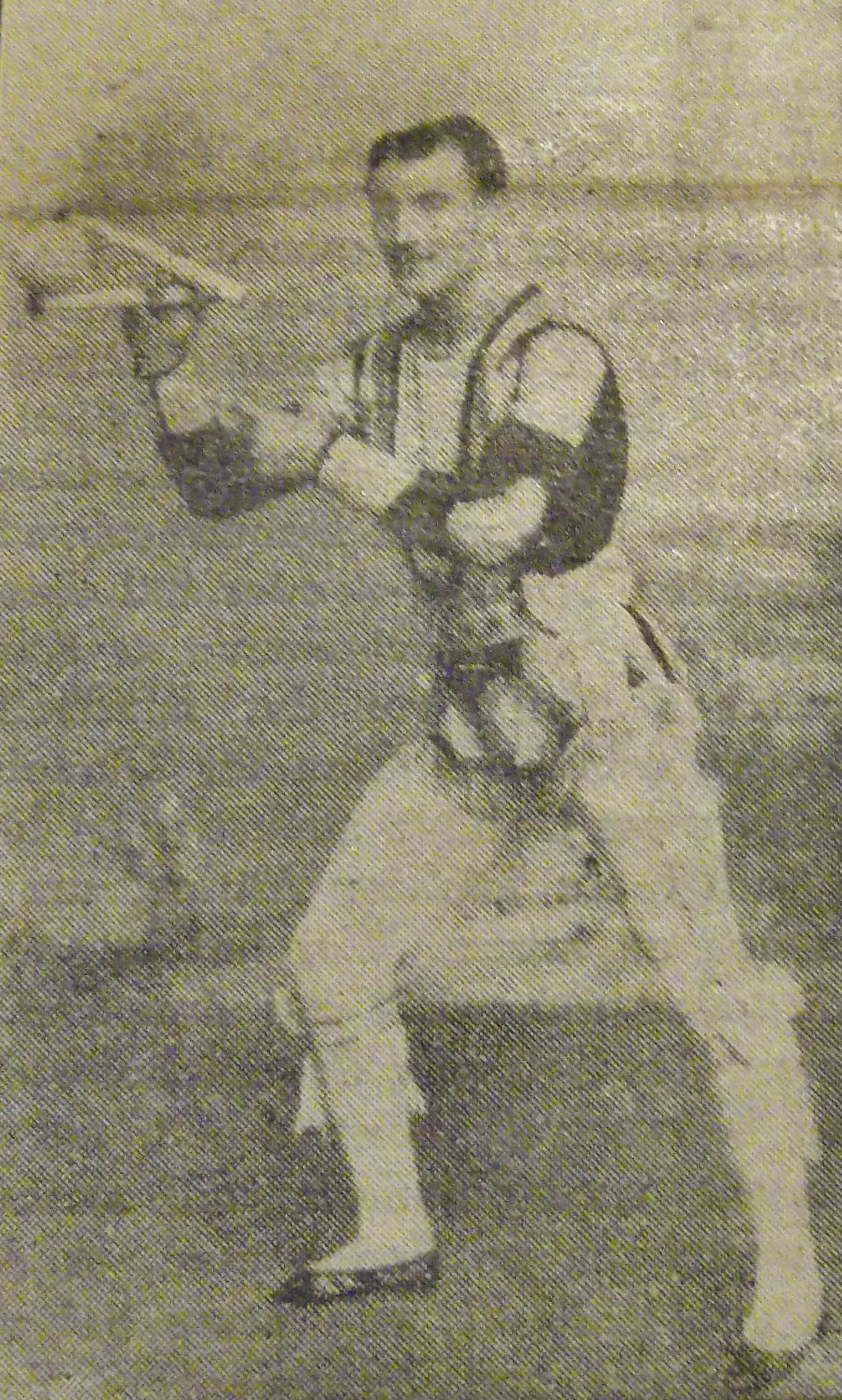

Severus Schaffer (Source: International Juggler's Association)
Throughout the late nineteenth and early twentieth century he earned glowing reviews, routinely topping theatre bills and being hailed as “King of Jugglers” or “The World’s Greatest Juggler,” with a 1903 account in Ellis Stanyon’s Magic Magazine offering one of the fullest descriptions of his act.
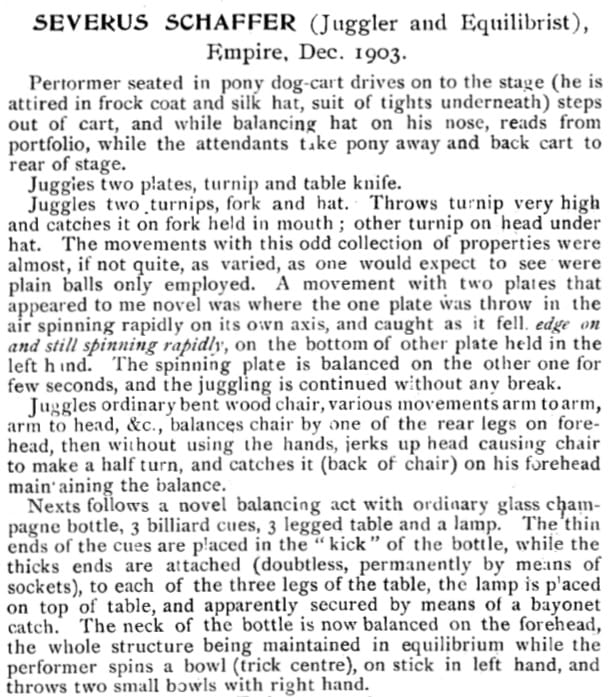
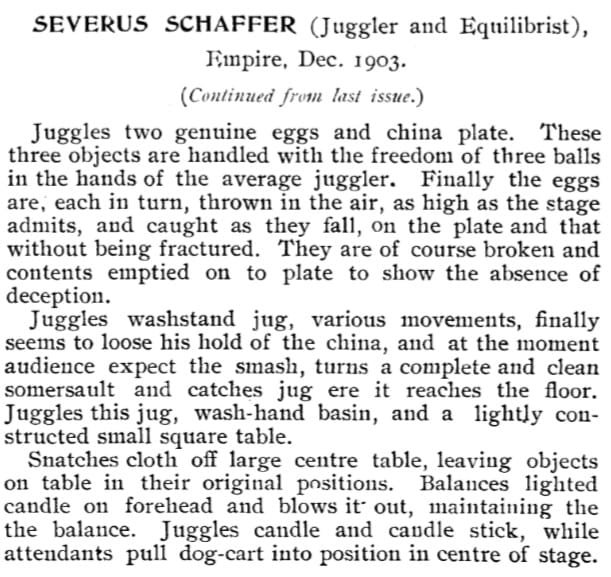
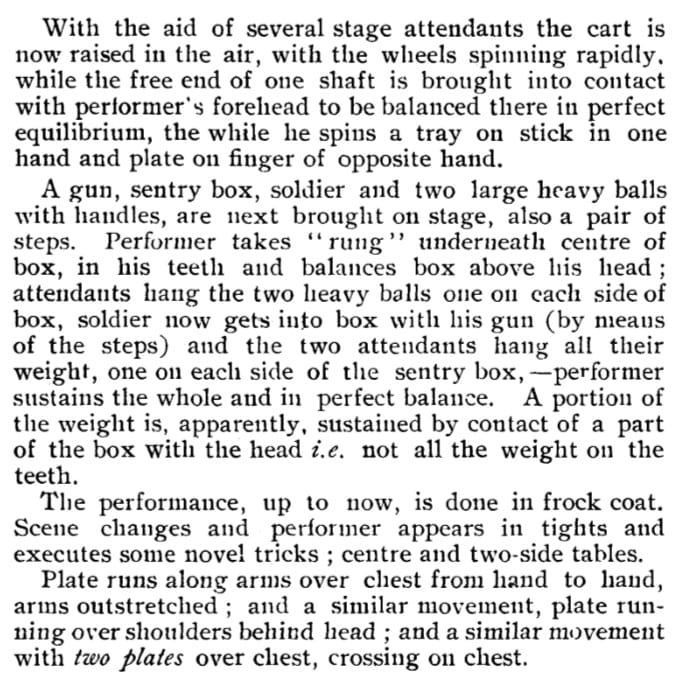

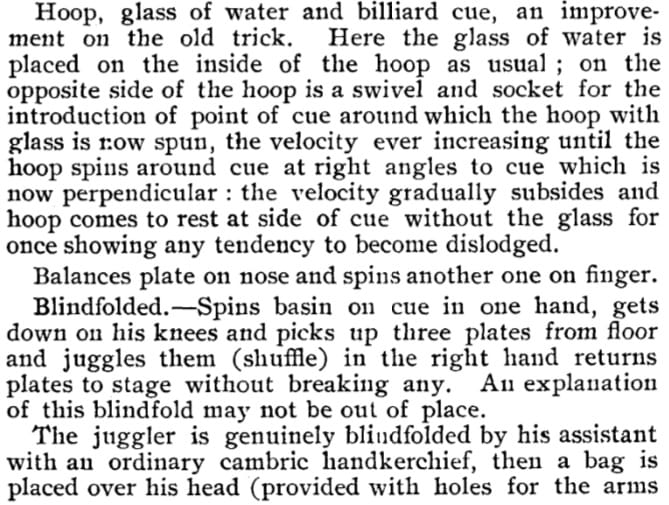

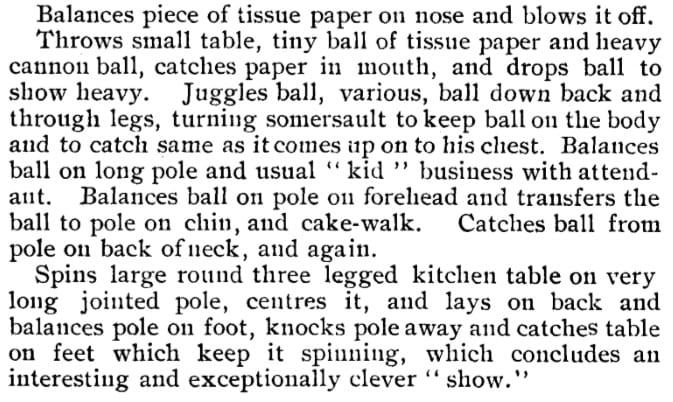
(Source: International Juggler's Association)

New Branch Library at Newport
On Thursday the foundation-stone of the new branch library and reading-room for the Pillgwenlly district was laid by Mr George Hoskins, in the presence of a large number of leading townsmen and supporters of the movement. For a long time past Mr Hoskins has strenuously promoted the establishment of the branch, and during bill mayoralty, in 1887, one of the objects of the jubilee fund was to provide such a want. At length the movement has assumed a practical form.
The site chosen is in Temple street, near the Elliot Home. The plan selected is that of Mr A. Swash, architect, of Newport, who was successful in competition with four other local architects. The elevation, though not possessing any elaborate ornamentation, is neat and effective, the roof-line being broken with a central pediment, below which is a panel bearing tbe appropriate inscription, "Knowledge is Power". The material for the front will be red pressed bricks, with Bath stone and terra cotta dressings. This was deemed requisite so that the building may form a marked distinction from the adjoining Home, which is built with our local grey stone and Bath stone dressings.
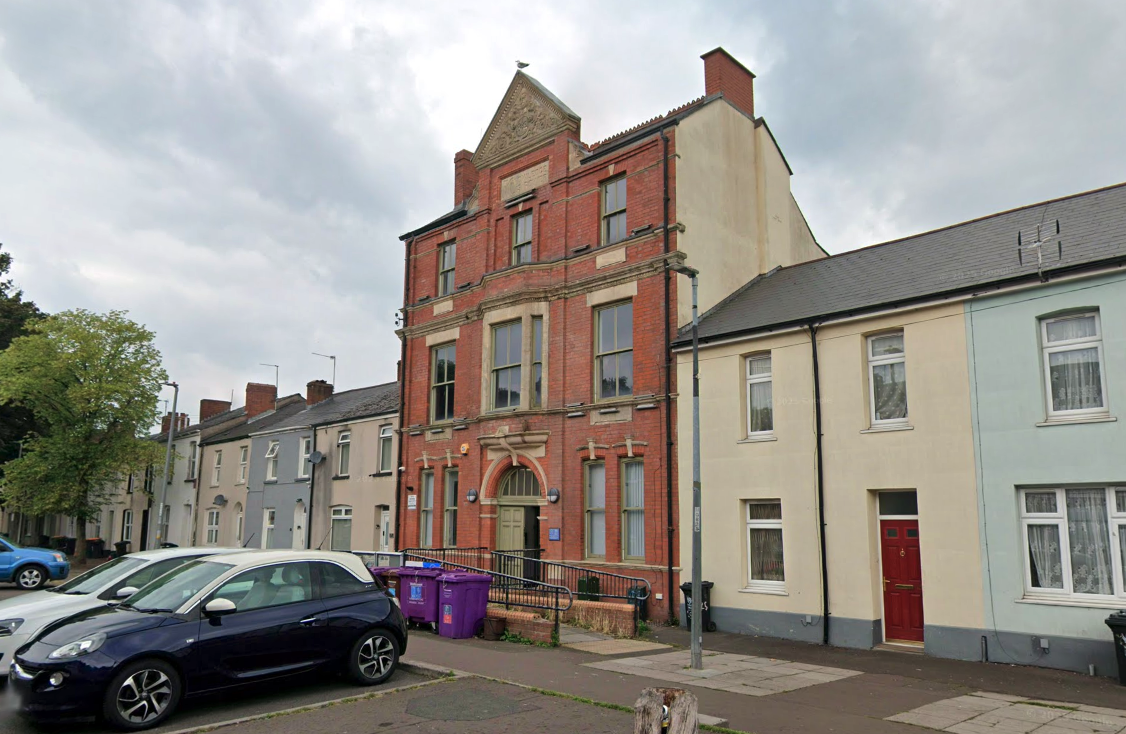
The plan provides on the ground floor a magazine-room 27ft x 14ft. On the left of the main entrance the caretaker'e-room is so arranged that he can command the various depart menta. The main stairs next adjoin, leading to class-rooms. The general reading-room. 50ft x 25ft, is in the rear, and is lighted both by windows in the side and in the roof, the latter being arranged to open on either side, thus providing a through current of air in addition to the other provisions for ventilation. The roof consequently is open framed. It is intended to devote the class rooms on the first floor to science and art purposes. The caretakers kitchen, bedroom, &c., occupy the second floor. Provision is made for the warming apparatus, coals, &c., in the basement.
The mayor (Mr H. Faulkner) has generously promised to give a stained-glass window, and other gentlemen have intimated their intention of following bis example. The foundation stone is placed in the main pilaster adjoining the entrance. It bears the following inscription:— "This stone was laid by George Hoskins, Esq., J.P.., 11th July, 1889."
The freehold of the land has been given by Lord Tredegar, and the contract (amounting to £999) has been let to Mr Rees Williams, builder, Newport. The chairman of the free library presented Mr Hoskins with a silver trowel with which to perform the ceremony at the conclusion of which the company adjourned to the Elliot Home, where luncheon was partaken of. Mr J. Wood presided, and be was supported by the Mayor Mr G. Hoskins, and nearly the whole of the members of the town council.
— The Cardiff Times, 13th July, 1889

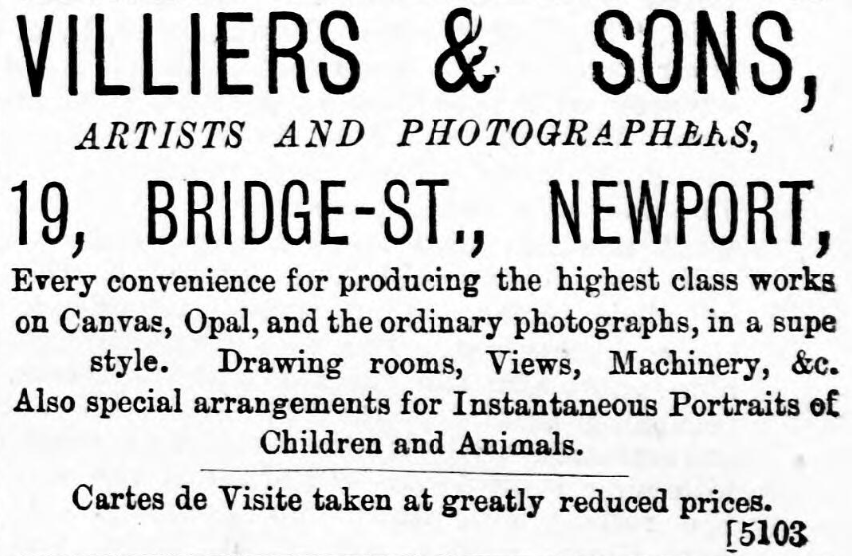


That Fatal Sneeze

In 1907, the Tredegar Hall on Stow Hill was showing a range of silent films including The Fatal Sneeze, a British comedy. Here's the plot from Wikipedia:-
An uncle (Thurston Harris) decides to play a practical joke on his nephew (Gertie Potter) at dinner, adding large amounts of pepper to the nephew's food, prompting an uncontrollable outburst of sneezing. In revenge, the nephew puts pepper on several items in his uncle's bedroom, so that when the uncle gets dressed the following morning, the pepper causes a violent sneezing fit, which shakes the room and knocks over the bed.
The pepper continues to have an effect on the uncle during the day, as his sneezing causes damage to a few shops. The shopkeepers and other onlookers start chasing the uncle, who runs to a policeman to ask for help. Before he can request assistance, the uncle sneezes violently again, which knocks over the policeman and a lamppost, as well as causing damage to a house. In an attempt to escape the crowd that is pursuing him, the uncle climbs up a ladder, but this breaks when he sneezes again. The uncle's sneezing continues to get worse, with one sneeze causing the world to shake. Eventually a final sneeze causes the uncle to explode.
The full film

Newport Sailors' Home
The Elliot Home for Sailors, which has been erected adjoining the Seamen's Church and Institute, Temple-street, Newport, was formally opened on Tuesday. The building, which has cost £1,100, has been erected at the sole expense of Sir George Elliot, Bart., M.P. Amongst the visitors in attendance were the Earl of Limerick, Col. Shadwell Clarke, Col. Adair, Col. Binney, Col. Sandemann, Col. Lyne, and Mr J. C. Parkinson. Sir George Elliot was met by his Worship the Mayor of Newport and other prominent inhabitants, and Mr Fawckner, the architect, handed a key to the hon. baronet, with which he unlocked the door of the house, and the visitors filed into the budding.
In the dining-hall the Rev Archdeacon Bruce, chairman of the institute committee, read an address to the donor, in which thanks were expressed for the generosity evinced by Sir George, and the hope was expressed that the home might, under the Divine Providence, contribute to the material and moral welfare of the most indispensable and least recognised class of our working community, namely, our merchant seamen.

Sir G. Elliot responded — The Elliot Home comprises a handsome block of buildings, the principal feature being the centre gable over the main entrance, and is designed to harmonise with the church, so that the whole forms one of the most handsome blocks in tho neighbourhood. The rooms are arranged in four floors, the lower one being the basement floor, which comprises the scullery, larder, pantry, and other offices in connection with the same, the centre portion being divided into compartments for the reception of sailors' boxes, which are so arranged that, if desired by sailors frequenting the house, the boxes can be left for any length of time.
The sitting-rooms for the officers are placed in the front portion of the ground floor on each side of the main entrance, with managers' private rooms. The large dining hall, 30 feet by 19 feet, is situate in the centre of this floor, with kitchen and larder attached. The upper floors are approached by two staircases, the principal one being placed near the main entrance, the second ditto being at the back. Provision is also made for a lift. The second and third floors are divided into bedrooms and dormitories for the use of sailors and officers, and afford accommodation for 30 to 35 bed, as circumstances require.
— The Cardiff Times, 9th April, 1887



A Park For Maindee
The Parks Committee will recommend the Corporation to purchase the Beechwood estate with its mansion, for £11,500, and to lay it out as a park for the Maindee residents at a cost of £2,500. The committee point out that building developments are going on so rapidly that unless immediate steps are taken to procure a site it will be impossible to obtain a recreation ground in that district except at enormous cost.
— South Wales Echo, 5th October, 1899

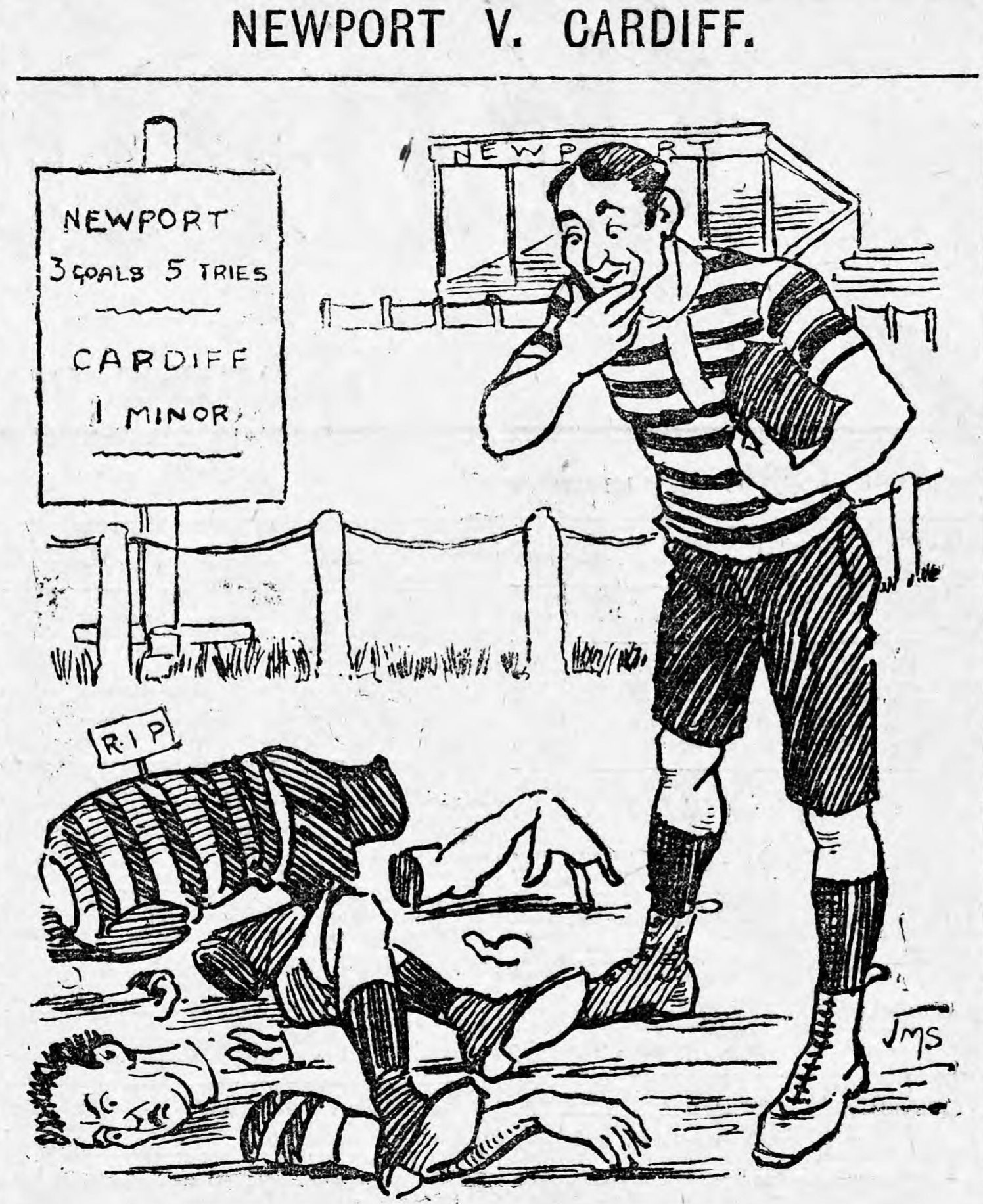

'Extending the Newport Post Office'
Alderman Moses, chairman of the Works Committee, on Tuesday brought up at the monthly meeting of the Newport County Council a suggestion by the committee that the Council should join in the proposed conference of local authorities with the county and borough members to bring pressure to bear on the Postmaster-General and the Chancellor of the Exchequer to make the proposed enlargement of the High-street Post Office into a great public improvement, as well as to the postal authorities more scope in view of the great advance in the town likely to come m the coarse of a few years.
The Department Propose to take the rest of the buildings on the Thomas-street side, about one-third of an acre in extent, but the committee see that a great public improvement be effected by taking in also the few shops on the Station-approach side, with the idea of providing elbow room for the Post Office 20 years hence, and also improving the narrow strait known as Station-approach, where accidents, from the fact that things axe at right angles with a busy rash of pedestrian traffic, might happen at any moment. It was decided that the Mayor, Alderman Moses, the Town Clerk, and the Borough Surveyor attend the conference.
— The Cardiff Times, 18th March, 1899




Is Driving a Calf on Three Legs Cruelty?
John Rearden, cattle-dealer, and John Bennett, a boy, were charged with ill-treating a calf. Inspector Sands, Society for Preventian of Cruelty to Animals, stated that about eight p.m. on Wednesday the 10th,. he was on duty at the Marshes road, and saw some ewes and calves being driven by the boy Bennett. One of the calves was very lame. He stopped the boy examined the calf, and found it had been injured in the muscles of the shoulder. Afterwards saw the owner; he said the calf was lame, and witness could do what he liked.
The calf should not have been driven, it should have been conveyed. The calf was being driven on to the Marshes from the market. Mr. Wm. Sheaf deposed to examining the calf, which he said was suffering from an injury to the shoulder, and could only walk on three legs. It would not be an act of cruelty to drive the calf, if it were allowed to take its time. The calf would suffer pain. The Bench held that no cruelty had been shown, and discussed the case.
— Monmouthshire Merlin, 19th May, 1876
A Trio of Young Thieves
At Newport borough police-court Wednesday, William Pomfrey (17), Alfred Griffiths (20), and John Brown (16) were charged with stealing and receiving a pair of trousers, belonging to Israel Rosen, pawnbroker, Commercial-street, and also a pair of new boots, from the shop of John Beer, shoemaker, Commercial-road. Mr Nathan Myers's son, at the receipt of custom at his pledge establishment in Dock-street, was invited by a lady named Davies to accept the trousers, but he smelt danger and demanded that the owner should come. She then sent Griffiths, and on arriving Griffiths found P.C. James beaming down on him. The officer afterwards went to Griffiths' lodgings, and in an unoccupied room, beneath a heap of mill-puff, found the boots.
Griffiths said Pomfrey gave him both the trousers and boots, and Pomfrey told Detective Badger that Brown was with him when he took the property. All three prisoners bore bad characters, and Griffiths and Pomfrey were reformatory lads. The bench said it was most disheartening to find that the lads had been convicted so often, and committed them for trial. The bench thought the woman Davies should be brought to book, and directed the head constable that he should summon her before the quarter sessions.Griffith's father, who was in court, declared that she was the root of all the mischief. She altered the trousers to breeches before she tried to pledge them.
— The Cardiff Times, 20th April, 1889

Housing for the Working Classes
Then Mr Councillor Gower who is in a retiring mood, he having vowed not to offer himself for re-election on tho 1st prox., proposes to close his useful career as a Town Councillor—at least for the present—with a notion that the Housing of the Working Classes Act, 1890, be adopted, and that the necessary borrowing powers be included in the Corporation Parliamentary Bill. Should the Corporation adopt the motion they will then have power to purchase land and erect cottages without going through the extensive process of buying up and demolishing properties in the heart of the town.
That such powers should be put in force will be clearly shown if the Civic Fathers will make a tonr of inspection in King-street, Queen-street, Ebenezer terrace, Fothergill street, The Rookery, and as an evidence of what was once workmen's houses, a visit to Mellow-square (Mellon-square?) would be of melancholy interest. Enquiries might also be made as to the overcrowding in the South and Central Wards, where two and three families are occupying one small tenement, and where in some case half-a-dozen persons eat, sleep and live in one miserable room.
Corporations move but slowly though, for in 1890 the town clerk and the medical officer presented a report upon the subject, but all that has been oone (sic) in the nine years that have elapsed is the issuing of a second report by the town clerk. Is there a chance of a third report in 1910?
As a pendant to the above it may be stated that a widow named Margaret Morrissev was found by the police on Tuesday in a small room at the end of a passage at 31, Kings-parade, for which she paid 1s per week. The room was eight feet six inches long, seven feet wide, and seven feet high, with stone floor, and had the appearance of a small back-kitchen. Acting under the orders of a medical man the police removed her to the Workhouse Infirmary, where she died in comfort next day.
— South Wales Echo, 5th October, 1899



'Cottages on Ailesbury Street'
Details of the Corporation's Proposed Scheme.
Now that the Newport Corporation is definitely committed to u proposal for the housing of the working classes, it is interesting to see what the details of the plan are. The com- mittee which has projected the scheme upon the town and the corporation has had the matter in hand for a long time. They have considered a good many schemes—probably twenty—in general and in detail, and they have visited several large places where schemes of municipal housing have been tried, notably Birmingham, Liverpool, and Manchester, and in the end they favoured the scheme of the Milk-street cottage flats system at Birmingham as being most suitable for adoption at Newport.
The estimate of the committee for their scheme is as follows:- Cost of lands, roads, and sewers, £1,000; building (66 houses at £125 each), £8,250; contingencies, £750; total (say), £10,000. The committee thinks that these houses would be eagerly taken at a rental of 3s. 6d. each per week, which would mean an annual income of £600 12s., and out of this there would be the following charges:—Interest and sinking fund (about), £400; rates and taxes, £100; repairs, commission for collecting rents, £15 17s. 6d., making a total of £549 17s. 6d. So that if there were the full income of £600 12s. as estimated and the out-goings did not exceed the estimate, there would he a profit each year of a fraction over £50. But each of the sets of figures is an estimate. There is nothing shown for extras on either of the accounts—nothing, say, for voids, and there does not appear to be anything for insurance, unless it is included in some of the other charges, and £30 per annum for the repair of 66 separate tenements appears to those who have experience of cottage property to be absurdly low. Still, such is the estimate of the committee.

It was proposed to erect these houses in Ailesbury-street, at the end of Shaftesbury-street, near the range of a penny tram fare from the top of High-street, but whether that site will ultimately be the place is not quite certain. It depends on the price of land and whether other sites as suitable are offered. Cottages in the neighbourhood let at 5s., 6s., 7s., and 8s. per week, but the accommodation is greater than is proposed in these houses, so that either two families live in one house or lodgers are taken in. It is the necessity for the taking in of lodgers and the letting of parts of houses that the committee aim at dispensing with. The class of tenant which the committee suggest should be catered for comprises men whose average wages are below 21s. a week. Though it is confessed that it is difficult to frame rules for the government of the houses whilst the scheme is in preparation, the committee think that such rules when made should provide for inspection by the corporation, to prevent uncleanliness, ejectment without notice of tenants who use the houses for improper or disorderly purposes, and a payment of 5s. deposit before taking possession to cover loss of keys, repairs to windows, &c.
There will be 33 houses—that is to say, separate buildings from floor to roof—with two separated tenements in each—one on the ground floor and one on the first floor, approached by a separate entrance. The design is to have them built of brick with fireproof floors. Each tenement will consist of one living-room, one bedroom, a scullery, and a w.c. at the back. The living-room of the ground floor tenements will have an area of 97 square feet; on the first floor 100 square feet; the bedroom on the ground floor 130 square feet, and on the first floor 100 square feet. The scullery in each case will be 7ft. 6in. by 5ft. As to gardens, there will be an open common yard to each two houses, the size of which will depend on the extent of the site, the width being about 28ft. and the length about 75ft. to 80ft. The ordinary means of ventilation will be adopted, viz., open flues and windows.
— Evening Express, 11th September, 1903

Thoughtful Consideration for the Poor
Mr. Thomas Cordes left Newport on Wednesday for the Continent, en route to India, and before his departure be forwarded to the Mayor a cheque for £50 in aid of the winter charities of the borough. To is is another instance of Mr. Cordes' kindly thought for the poor in our midst.
— Monmouthshire Merlin, 7th December, 1883

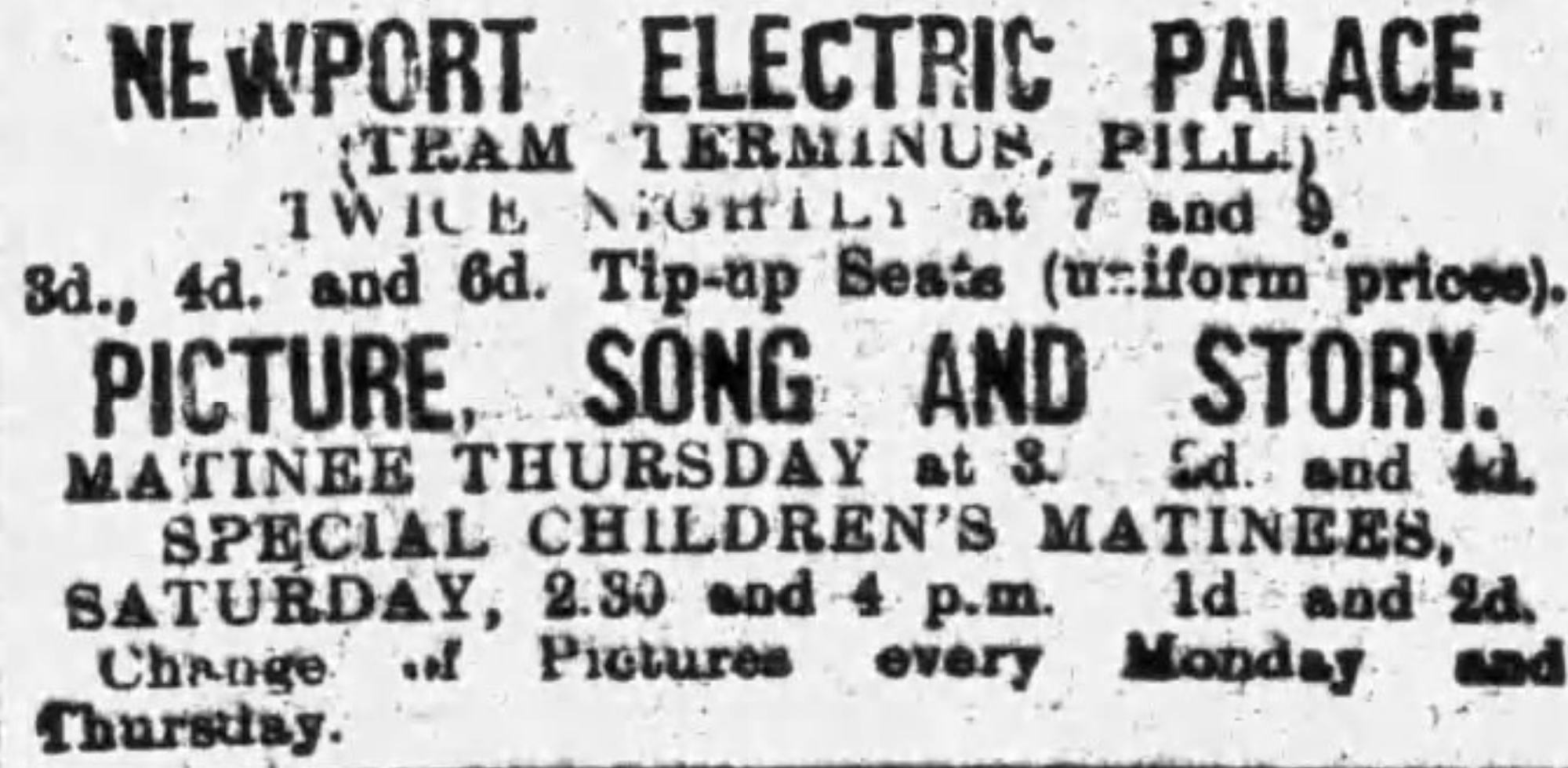

'Great Fire at the Glue Works'
£10,000 Worth of Damage
A fire broke out at the Glue Works on the east side of the Usk at Newport on Monday night, and was not overcome until buildings and machinery valued at from £10,000 to £15,000 had been destroyed. Shortly before 8 o'clock Mr Anderton, the secretary of Morris and Griffin, Limited, the company which owned the works, who was in the office at the time, perceived a fire in the works, and at once ran to the telephone and gave the alarm to the Newport Fire Station.
So alert had Mr Anderton been that the alarm was given even before the men working in the yard were aware that anything was wrong. Mr Anderton and the workmen then rushed to the works and found that the fire was raging in the degreasing department, where the bones are put through the initial process of glue-making.
The flames spread with great rapidity being largely assisted by the inflammable nature of the extract from the bones, and in a short space of time the extracting department, where there were a number of valuable machines, was in a blaze. When the fire brigade arrived they found tha.t both the large buildings, which were built mainly of wood and iron, were one mass of flame, and presented a
WEIRD AND MAGNIFICENT SPECTACLE.
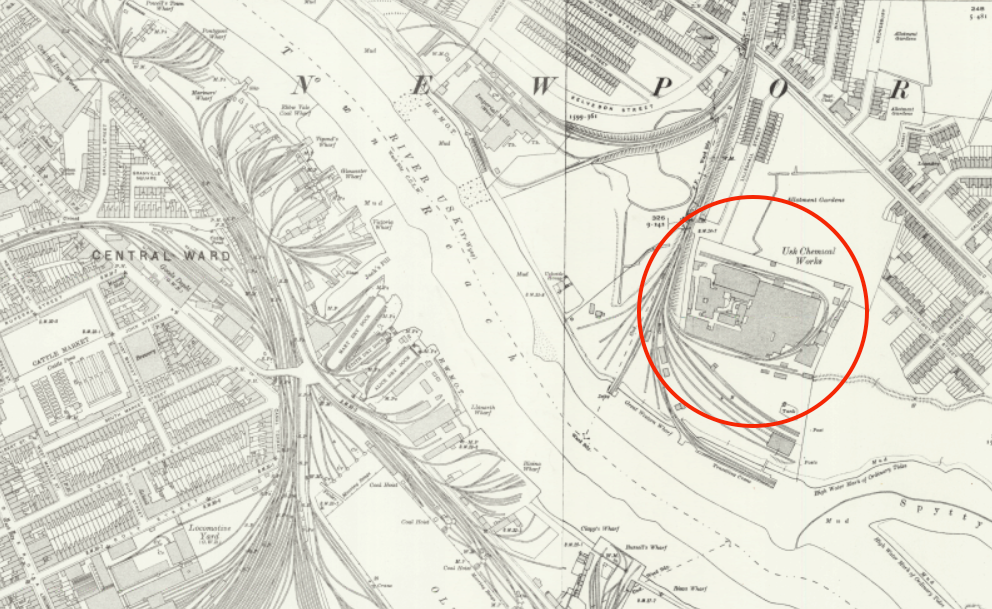
The firemen, who were under Captain Lyne and Lieutenants Coulman and Boucher, quickly got both the steam and manual fire engines to work, but at the outset their efforts were of little avail owing to the lack of water, the works being situated some distance from the streets in which there were hydrants.
A plentiful supply of water was obtained, however, after the lapse of a short space of time, and the brigade commenced in earnest the work of fighting the fire. It was quickly seen that it would be useless to attempt to save the blazing buildings, and the brigade devoted its efforts to prevent the fire spreading to the store rooms and the large chemical works belonging to the same company which adjoined the doomed buildings. In this the firemen were completely successful, and the other buildings escaped with little if any damage. By 10 o'clock the fire had
BURNT ITSELF OUT
and danger of its spreading to adjoining buildings was past. The firemen were assisted in their work by a large force of police under Superintendent Sinclair and Inspector Brooks. The officers in command at the Barracks who saw the great blaze sent down at a double quick pace some 80 soldiers under the command of Lieutenant Ward, and they rendered considerable assistance in keeping back the large crowd which gathered to witness the conflagration.
Much sympathy is expressed with the firm, for although the loss is said to be covered by insurance keen disappointment, is felt by the firm, for the works, which were very costly, had not been quite completed. Glue making was only commenced a few weeks ago, and by the outbreak progress with this branch of the firm's business must be delayed for some months. Mr Moxon Fuller, the local managing director of the firm, was absent in Liverpool at the time of the outbreak. The
CAUSE OF THE OUTBREAK
was probably the inflammable nature of the materials used in the works, benzine being largely utilised in one of the glue making processes, viz., that of extracting grease and oil from the bones after they had been through the grinding-mill. A large elevated tank of benzine erected at & distance from the buildings was at one time in danger, and grave fears were entertained respecting it.
Fortunately, however, the wind drove the flames ill the opposite direction. A heap of between 300 and 400 tons of bones which were deposited near one of the burning buildings became ignited, and the fire brigade had to turn their attention to it. The works were one of the best equipped in this part of the country, having been fitted up under the direction of a German expert, and had only been in working order for about three weeks. There were between 70 and 80 workpeople employed, and owing to the pressure of business they were engaged working by a double shift at the time of the outbreak.
The Newport Fire Brigade, which rendered such valuable assistance, had assembled at their annual meeting, and were just about to proceed to the Town Hall to meet the Mayor and hold the meeting when they received the call.
— The Cardiff Times, 2nd April 1898

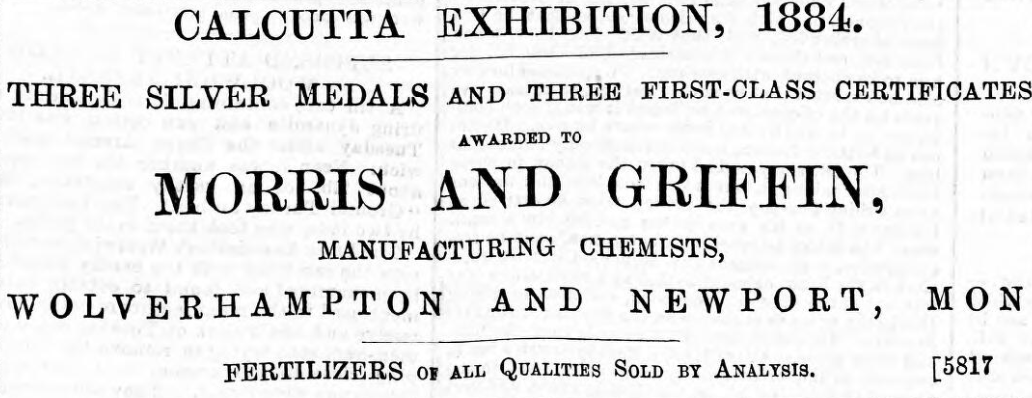


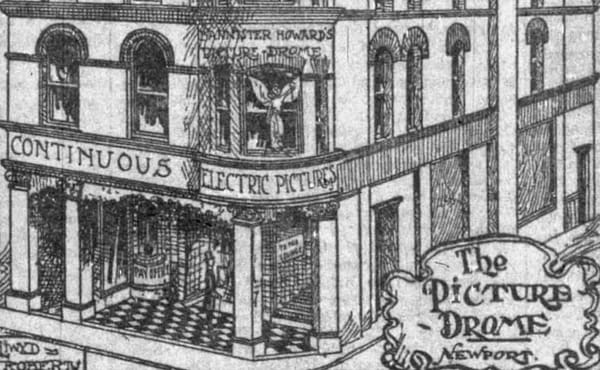
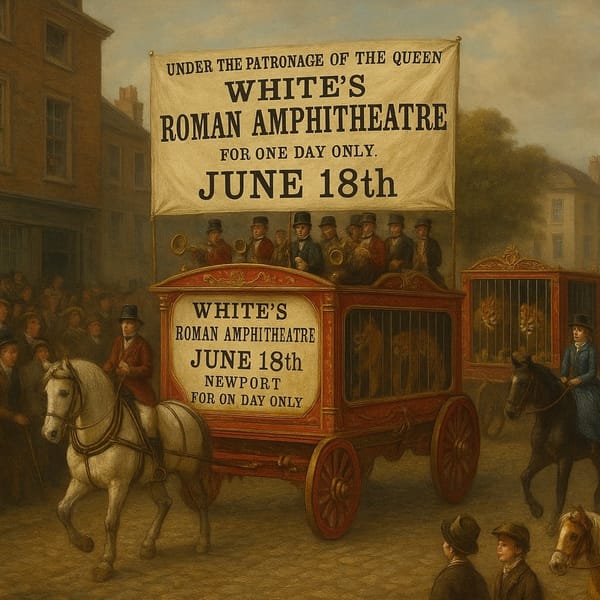

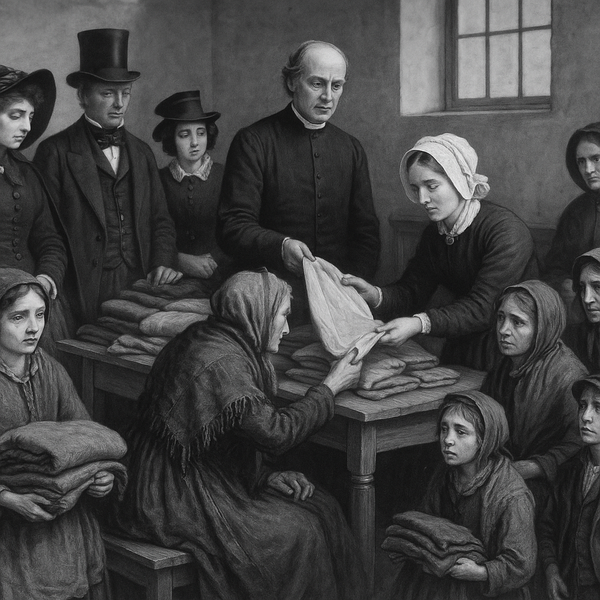


Member discussion